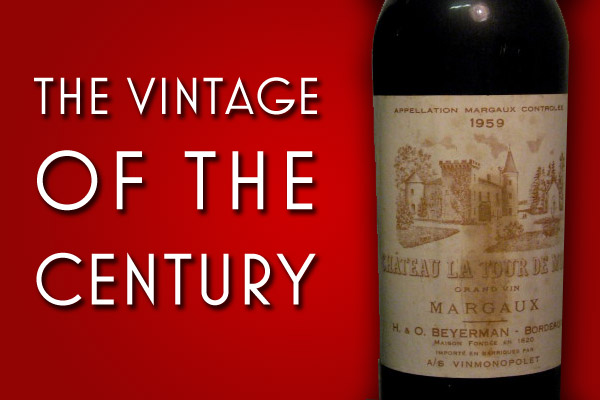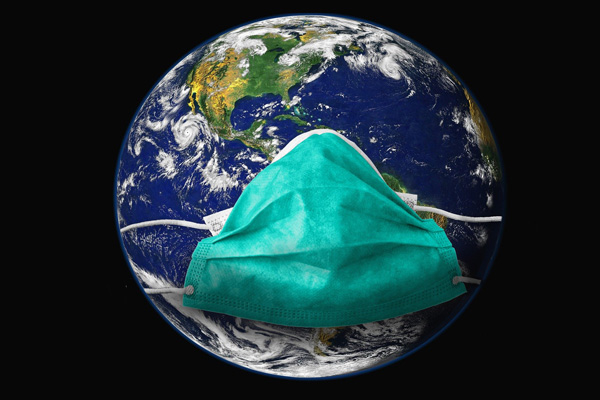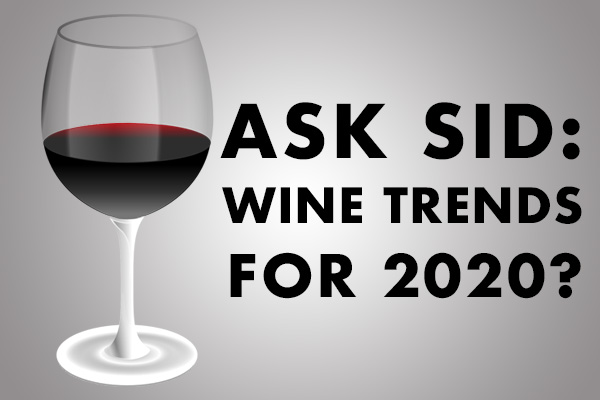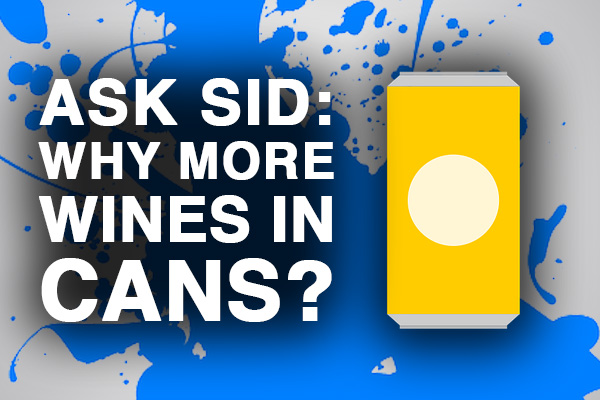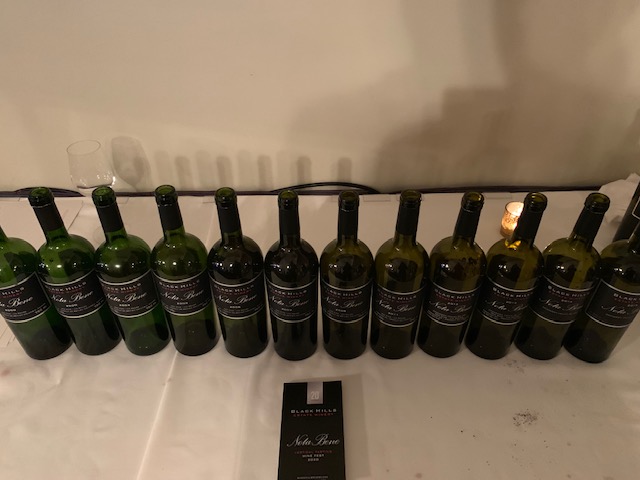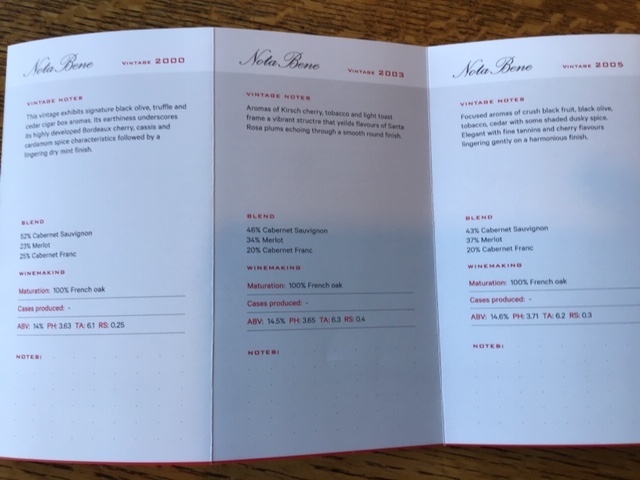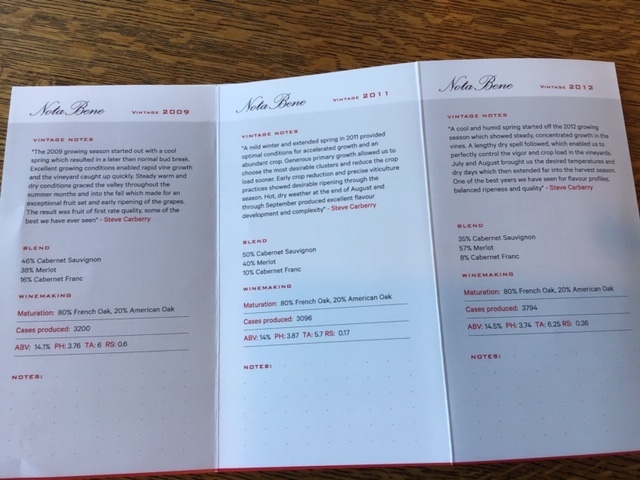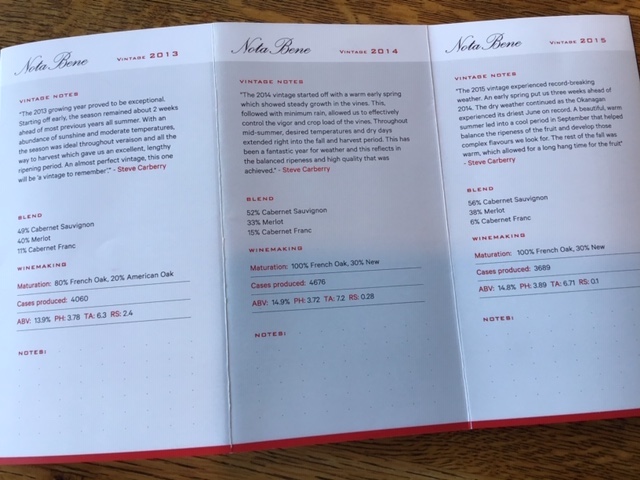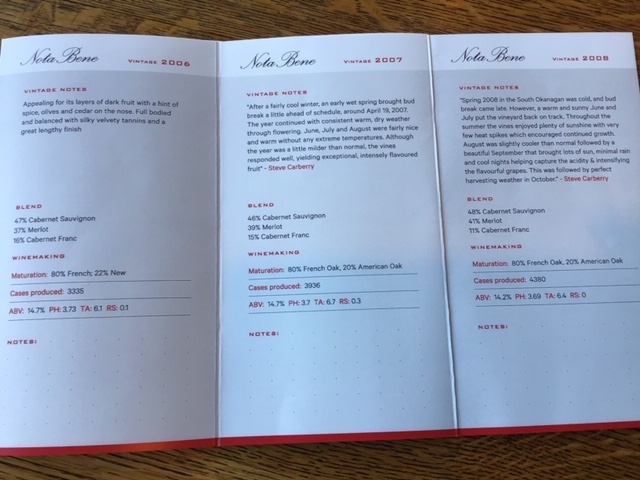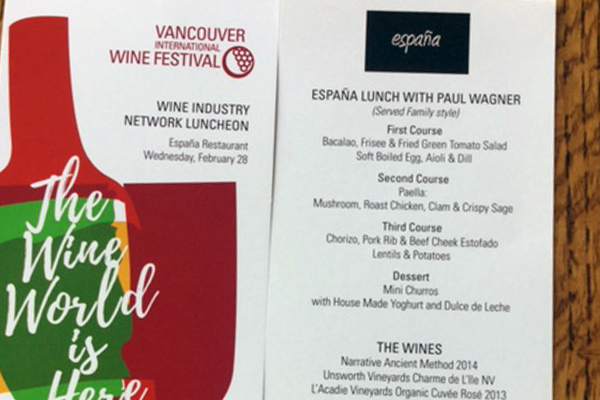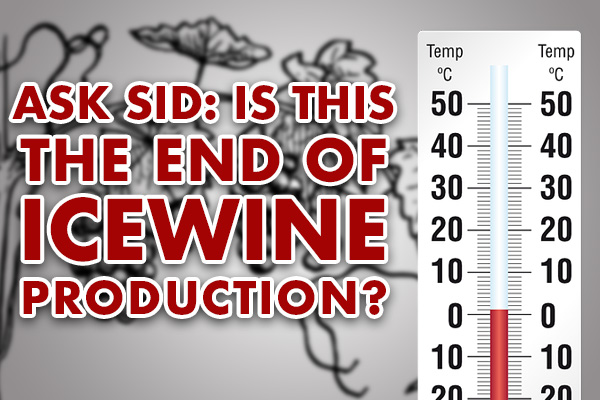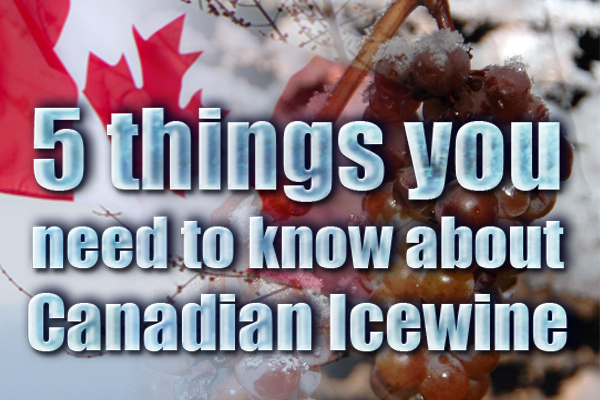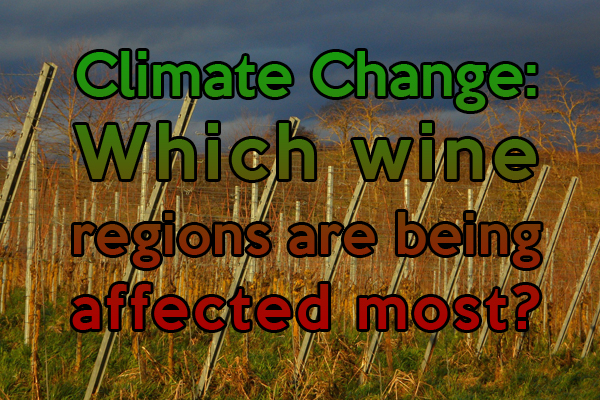 |  |
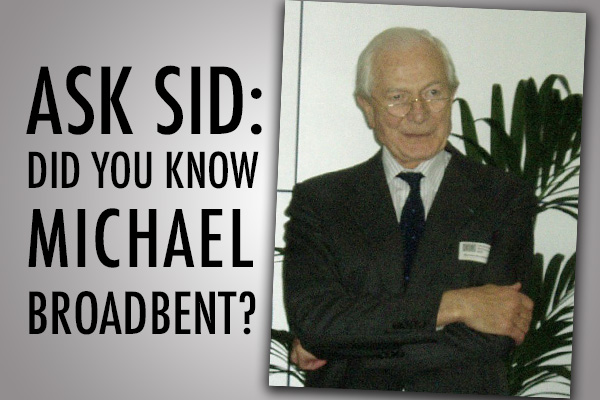
Question: Did you know Michael Broadbent of Christie’s Wines?
Answer: Yes indeed! Michael Broadbent, MW (May 2, 1927 to March 17, 2020) was a renowned British wine writer and fine wine auctioneer with Christie’s dating back to 1966. He was a friend of your scribe and a major contributor to The International Wine & Food Society including being our Honorary President 1984-1992. A most helpful advisor to me on the both the IWFS Wines Committee and later following him as HP from 2012-2016. Michael and Harry Waugh both were at leading wine merchant Harveys in Bristol during the early sixties and starting in the late seventies they became the major educators on fine wine for so many of us. All early literary works were published by Wine & Spirit Publications, London with Harry releasing Bacchus on the Wing, The Changing Face of Wine, and Pick of the Bunch plus Michael starting in 1968 with Wine Tasting (“A practical handbook on tasting and tastings”). Michael was a driving force at Christie’s during these early years embarking on the successful Christie’s Wine Review (1972) and a remarkable detailed much enlarged edition of Wine Tasting in 1975 published by them. A most fantastic wine learning journal. These were the early days of unmatched amazing wine auction tastings. Remember being invited by Michael to attend the pre-auction historic tasting at Christie’s King Street London of the extensive Delor (Bordeaux negociant now part of the Dourthe Group) Collection of Lafite & Mouton available side by side to compare from 1971 vintage back to 1945 – including Michael’s favourite of 6 star “Churchillian” 1945 Chateau Mouton-Rothschild. The importance of taking disciplined wine notes even back then was a hallmark of this esteemed wine taster. Michael attended and conducted (with organizer wife Daphne) so many great wine tastings at world Festivals over the decades. At the Centenary one in London 1977 he compared 1970 & 1971 Bordeaux followed again with 1970 horizontal Bordeaux in Vancouver in 1983 at the 50th Anniversary of Andre Simon’s IWFS (started in 1933). Several important learned tomes followed on including “The Great Vintage Wine Book” in 1980 , “The NEW Great Vintage Wine Book” in 1991 and “Pocket Vintage Wine Companion” in 2007. Many wine aficionados have been influenced by his dedicated service for Decanter as a columnist from 1977-2012. Your scribe was most honoured in 2012 to have Michael write a most kind over-flattering long Preface to my IWFS Monograph of “An Appreciation of the Age of Wine”. Many thanks from all of us for your outstanding contributions Michael. A teaching legend in wine for sure. RIP


